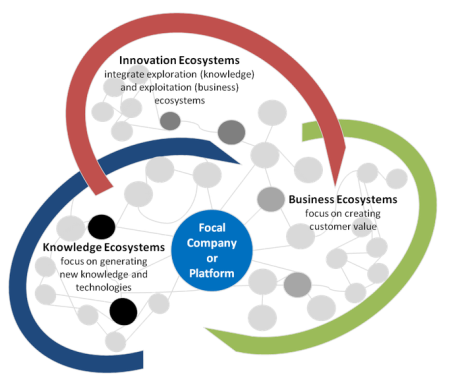 I continue to look at the world of IIoT solution platforms that are being offered to their customers which are digitally enabled, requiring connected devices to improve efficiency, productivity and increase profitability, all being provided through digital platform offerings
I continue to look at the world of IIoT solution platforms that are being offered to their customers which are digitally enabled, requiring connected devices to improve efficiency, productivity and increase profitability, all being provided through digital platform offerings
I’ve looked at Bosch and its IoT suite, Siemens and its Mindsphere, GE and its Predix platform, and Schneider Electrics with its Ecostruxure to begin to explore and understand their digital platform offering. I do need to revisit GE and its Predix platform with recent changes occurring inside the company.
I then wrote a summary of the fact that Industry is lagging but catching up in its choices of platform offering, taking three of these examples and how just within a few months this seems to be accelerating into a real race of the IIoT digital platforms to seize competitive advantage as well as I term it “taking the IIoT hill” to make sure customers align with them. A digital industrial application offering has increasingly become central to growth for many of the infrastructure providers.
This post is about ABB and their ABB Ability™ to offer a common platform across the industries they serve of a digital end-to-end set of solutions.
ABB has been investing in building their ‘digital operations’ to control, interrogate and modify the operational task in response to the external signals, mostly through distributed sensors. The aim is to transform clients activities more into software-driven activity, where the operational results in identifying trends and possible failure modes and equally, how they can transform the whole maintenance regime, to reduce downtime and anticipate potential failure.
ABB has a fairly powerful business case for being a trusted partner.

 Why do we need a new innovative architecture, for mapping out the future
Why do we need a new innovative architecture, for mapping out the future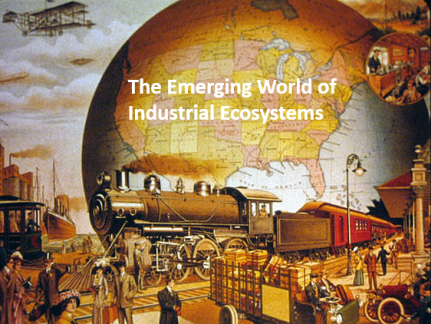 Whenever I seem to read about Platforms and Ecosystems, it mostly seems to relate to technology-led organizations and how they continue to connect us all up in our private lives.
Whenever I seem to read about Platforms and Ecosystems, it mostly seems to relate to technology-led organizations and how they continue to connect us all up in our private lives.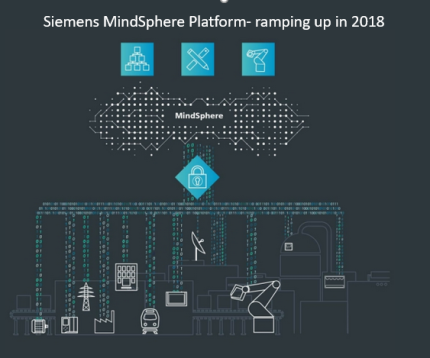 The move towards open-cloud based IoT operating systems has been significant in the past few years or so. Most major industrial companies have set about building and offering to their clients their platforms, for more open design and engineering, automation and operational work, as well as increased emphasis on maintenance and utilization.
The move towards open-cloud based IoT operating systems has been significant in the past few years or so. Most major industrial companies have set about building and offering to their clients their platforms, for more open design and engineering, automation and operational work, as well as increased emphasis on maintenance and utilization. I was not aware until recently that there are well over 450 providers of Platforms, all offering solutions, presently giving a very fragmenting market. Collaborators be aware!
I was not aware until recently that there are well over 450 providers of Platforms, all offering solutions, presently giving a very fragmenting market. Collaborators be aware!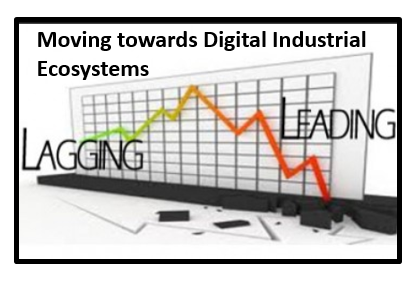 The platform has become essential for much of our social and direct engagements. The likes of Facebook, Amazon, Airbnb and many others are transforming much of our digital engagement for our social and private needs.
The platform has become essential for much of our social and direct engagements. The likes of Facebook, Amazon, Airbnb and many others are transforming much of our digital engagement for our social and private needs.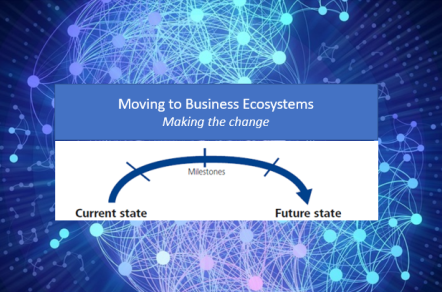 Business is far from usual, it is transforming in front of our eyes. A business has to simply accept this is a changing world and business ecosystems are coming of age, perhaps adding more complexity but also to help bridge this transformation. The traditional silo mentality, the belief that your industry boundaries are immune to change and new challenges, is a grave mistake.
Business is far from usual, it is transforming in front of our eyes. A business has to simply accept this is a changing world and business ecosystems are coming of age, perhaps adding more complexity but also to help bridge this transformation. The traditional silo mentality, the belief that your industry boundaries are immune to change and new challenges, is a grave mistake.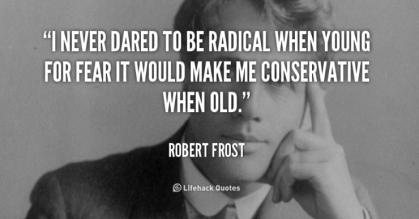 I see the growing importance of ecosystems and platforms for those that want a thriving future, these are the ones that simply “get this” need to connect into a wider ecosystem to build better value and solutions that customers want. The business imperative of today and near-term future is designing around ecosystems that seek out collaborative platform solutions.
I see the growing importance of ecosystems and platforms for those that want a thriving future, these are the ones that simply “get this” need to connect into a wider ecosystem to build better value and solutions that customers want. The business imperative of today and near-term future is designing around ecosystems that seek out collaborative platform solutions.